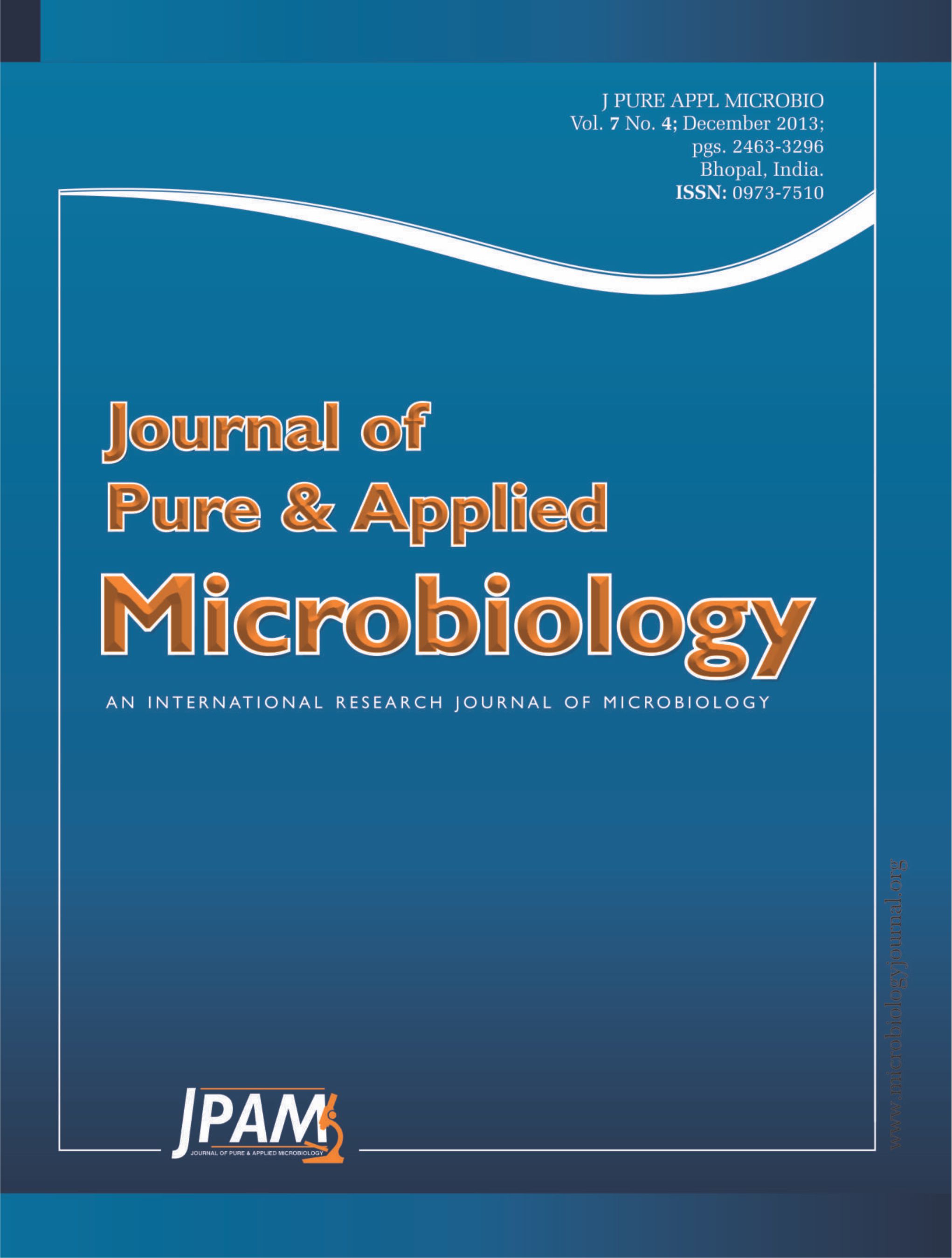The extraction of high quality genomic DNA for PCR amplification from phosphate solubilising microbes (gram positive) is complicated due to the presence of a high percentage of secondary metabolites or PCR inhibitors which bind to or co-precipitate with nucleic acids during DNA extraction. In the present study we report a modified sodium dodecyl sulfate/phenol protocol that includes elimination of lysis solution to the bacteria cell wall and the washing of pellet with ethanol. The present study the relation A260/A280 and A260/A230 were of 1.84 ± 0.17 and 1.92 ± 0.62, respectively. These results showed that the DNA fraction is pure and may be used for PCR analysis future. To confirm this, the DNA’s purity was evaluated across a PCR amplification of fragment of the 16S gene using cell´s biomass from native phosphate solubilising bacteria (gram positive). Finally, the advantages of this procedure is that in the DNA extraction is not necessary the use of Proteinase K, and sonication to lyse samples prior to or in conjunction with lysis solutions.
DNA extraction, Native phosphate solubilising bacteria, Gram positive, PCR
© The Author(s) 2013. Open Access. This article is distributed under the terms of the Creative Commons Attribution 4.0 International License which permits unrestricted use, sharing, distribution, and reproduction in any medium, provided you give appropriate credit to the original author(s) and the source, provide a link to the Creative Commons license, and indicate if changes were made.


